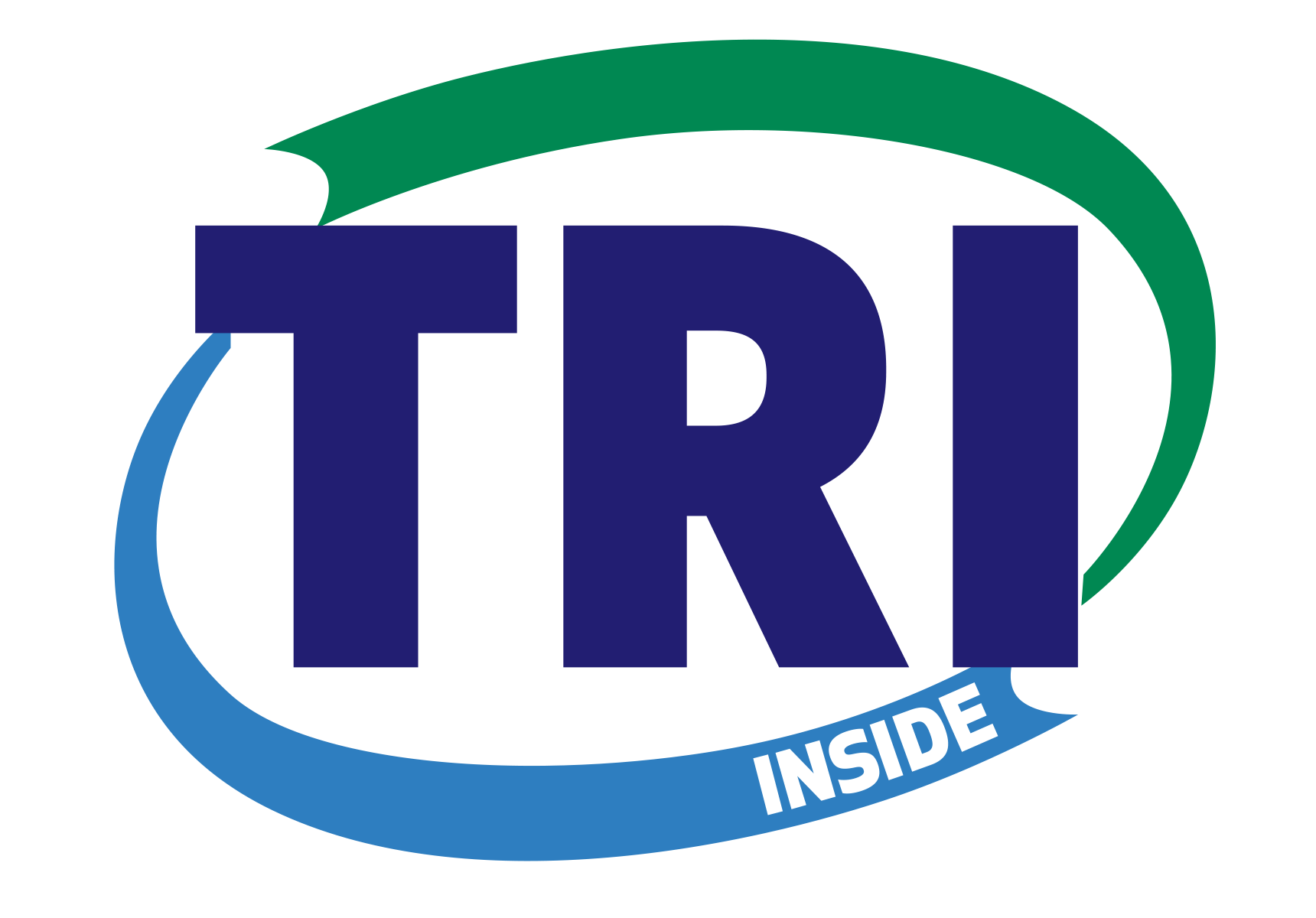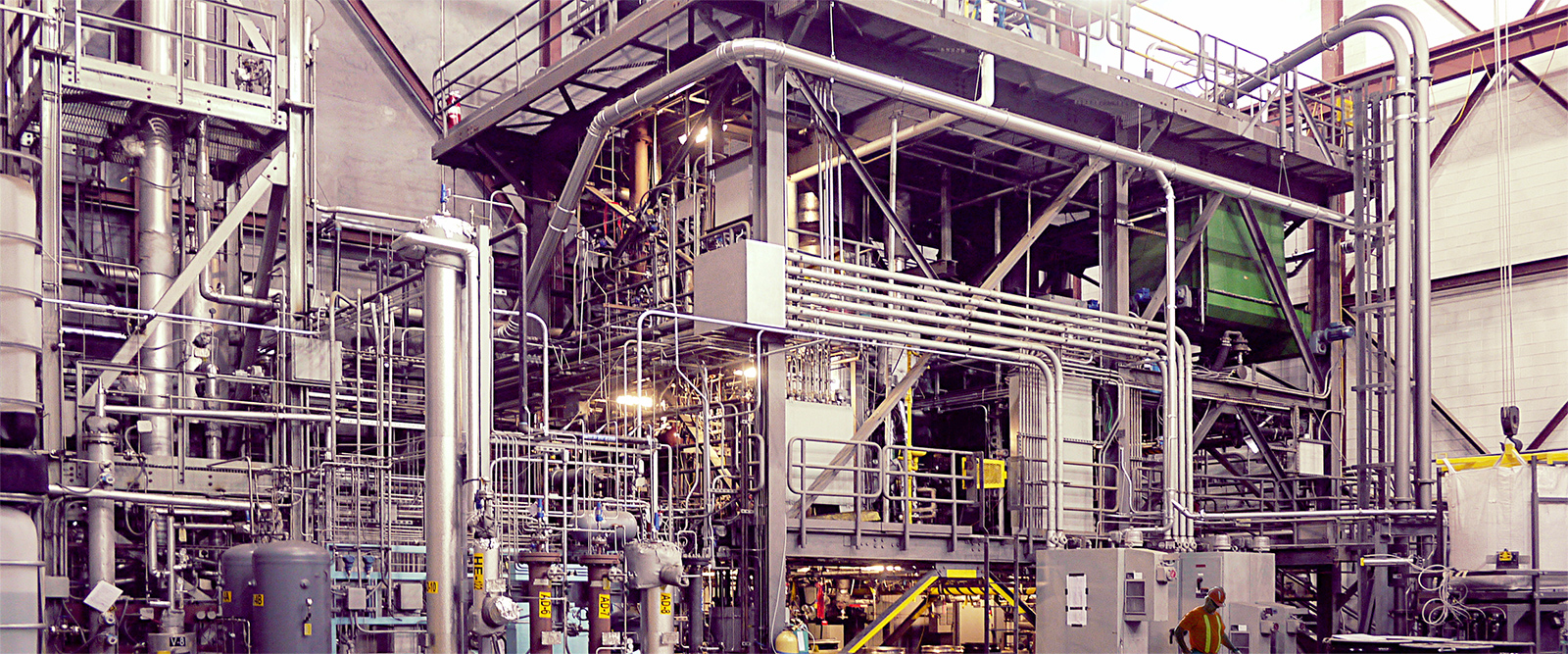American Airlines – the largest airline in the United States – has 627 planes alone. Those 627 planes need $7,190-million worth of jet fuel (including taxes), according to the company’s 2014 annual report. And that’s just one airline – Delta Airlines operated over 700 planes in 2013, and spent $11,668-million on fuel in 2014. Using that information, one-third of the revenue received is spent on fuel.
As a passenger, this means that one-third of your ticket price goes to fuel; for example, say you’re travelling to Europe and paying $2,000 round trip. Of this amount, $667 is going toward fuel. What happens when the price of fuel drops … say, by half? The cost for your trip would be $1,667 – that’s an extra $333 in your pocket. It may not seem like much, but if you travel a lot, it can add up.
How does that jet fuel cost drop by half? ThermoChem Recovery International , Inc. has created a technology that allows for the conversion of trash – yes, everyday garbage – into fuel. That fuel can be used for jet fuel, as well as diesel.
It currently costs $2.832 per gallon to fill up your vehicle with diesel; but this price has been as high as $4.022, in 2013. Diesel already has many benefits going for it when compared with gasoline; a diesel engine is quiet, it has better mileage than gas, and it’s also cleaner for the environment. What happens when we cut that price by even a quarter? Today’s gas would cost $2.124, or about $26.33 for a Dodge Ram 1500 (12.4 gallons). That’s a savings of $8.79 per tank; and if you fill up your truck once a week, that’s a total savings of $457 in a year.
ThermoChem Recover International, Inc.’s technology is extremely environmentally friendly; it’s also self-sufficient as well, as it creates enough energy for it to run on its own. It turns something we literally throw away into something we can use; how cool is that?



Comments are closed.